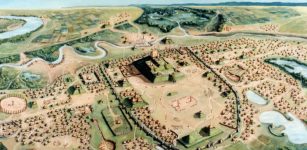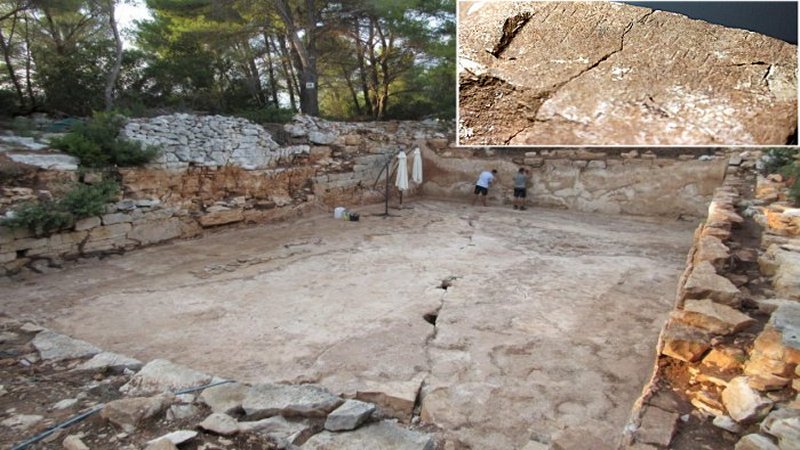Mystery Of Ancient Beehive Tombs Around The World
MessageToEagle.com – Strange ancient domed structures, commonly called “beehive tombs”, also known as Tholos tombs have been found in many places around the world. What is odd about these ancient structures is that they are referred to as tombs, and yet no burial remains have been found inside them.
The most impressive beehive structure is perhaps the tomb or treasury of Atreus, sometimes called the Tomb of Clytemnestra in Mycenae Greece. It was built around 1350 to 1250 b.c. and it is the only surviving architectural structure of the Mycenaean civilization.
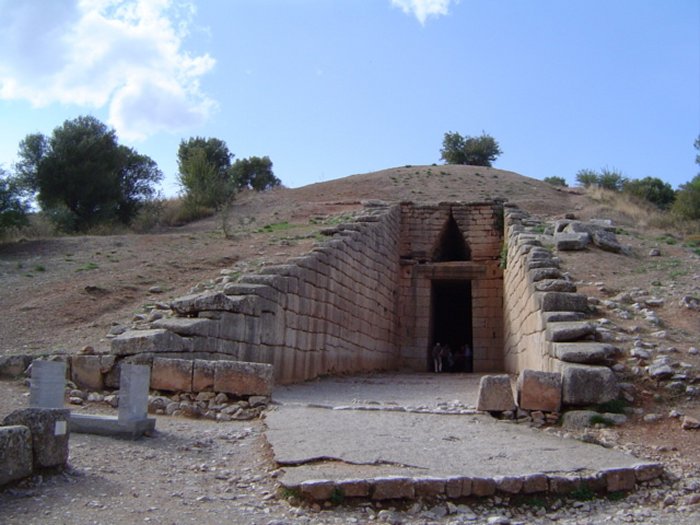
The diameter of the tomb is almost 50 feet (15 meters). The enormous monolithic lintel of the doorway weighs 120 tons and is 29.5 feet (9 meters) long, 16.5 feet (5 meters) deep, and 3 feet (0.9 meter) high. It is surmounted by a relieving triangle decorated with relief plaques. Said to have been the burial place of the king named Atreus, or his son Agamemnon, interestingly no funerary remains were ever found in it. Still, it remains one of the most impressive burial structures in Greece, and was the tallest and widest dome in the world for over one thousand years until construction of the Temple of Mercury in Baiae.
Not far from the ancient Thracian capital Seuthopolis, in Bulgaria, we come across the famous brick beehive tomb of Kazanlak. Situated within a necropolis, the tomb is composed of a narrow corridor and vaulted burial chamber, decorated with murals of ritual funeral feasts. The tomb dates back to the fourth century B.C.
In Oman, ancient beehive tombs date to between 3500 and 2500 B.C. No burial remains have ever been retrieved from these “tombs,” though there seems no other purpose for the buildings. They have only superficial similarities with the Aegean tombs (circular shape) as they are built entirely above ground and do not share the same tripartite structure—the entrances are usually an undifferentiated part of the circular walling of the tomb.
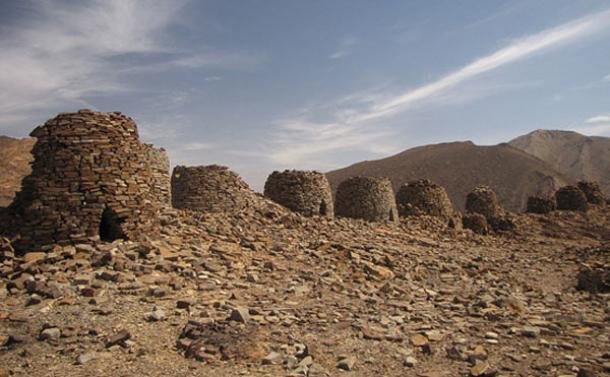
In Sudan there are 17th century bee hive like structures called Qubbas, or Koubbas, made of mud brick.
Many beehive-like stone structures were also once present in the eastern United States, presumably made by Native Americans. Over a century ago archaeologists from the Smithsonian Institute found enigmatic cemeteries filled with beehive-shaped stone tombs in Caldwell County, North Carolina, Sullivan County, Tennessee and Licking County, Ohio. Curiously, although broken pottery was found at these locations, human remains were not.
In the Lake Titicaca region of Peru there are many ancient sites where ancient structures called Chullpa towers have been discovered.
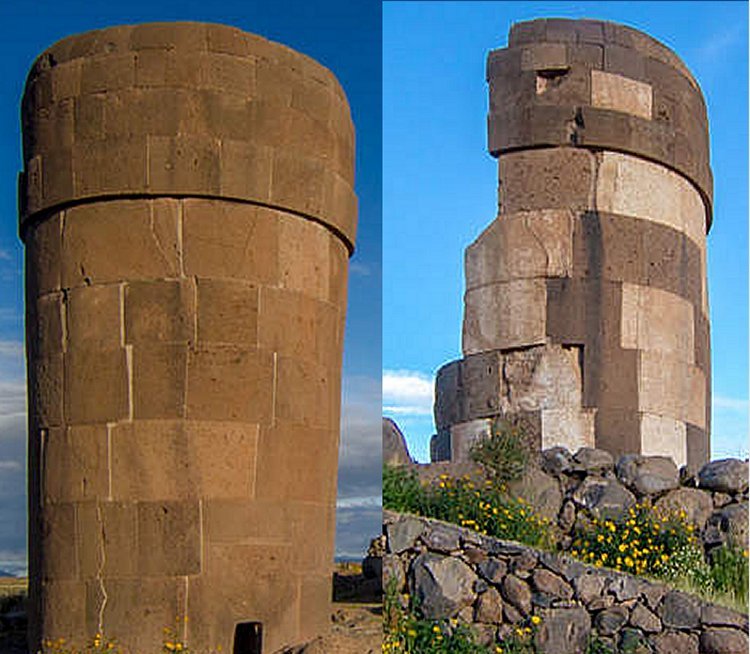
The Chullpas are wide at the top and taper to a narrower diameter at the bottom, like a funnel. It has been suggested that these enigmatic towers were probably used as grain storage silos with the small doors being ideally suited for protecting the crop. Another scientific opinion is that the towers were burial chambers.
See also:
Magnificent Ancient Rock-Cut Lycian Tombs Of Myra, Antalya, Turkey
Pre-Columbian Huge Underground Tombs Of Tierradentro, Colombia
Ancient City Of Knossos – A Cosmopolitan Hub Of The Minoan Civilization And Culture
Many historians maintain that beehive tombs required considerable effort to construct, and thus were only available to powerful leaders. It is also often stated that these ancient structures originated in ancient Greece and are a monumental Late Bronze Age development of either the Mycenaean chamber tombs or tumulus burials dating to the Middle Bronze Age. However, the origins and development of the Beehive tombs is disputed since its clear it is common phenomena in various parts of the world.
Yet, the real mystery lies in the fact that these “tombs” lack human remains.
MessageToEagle.com
Expand for references

